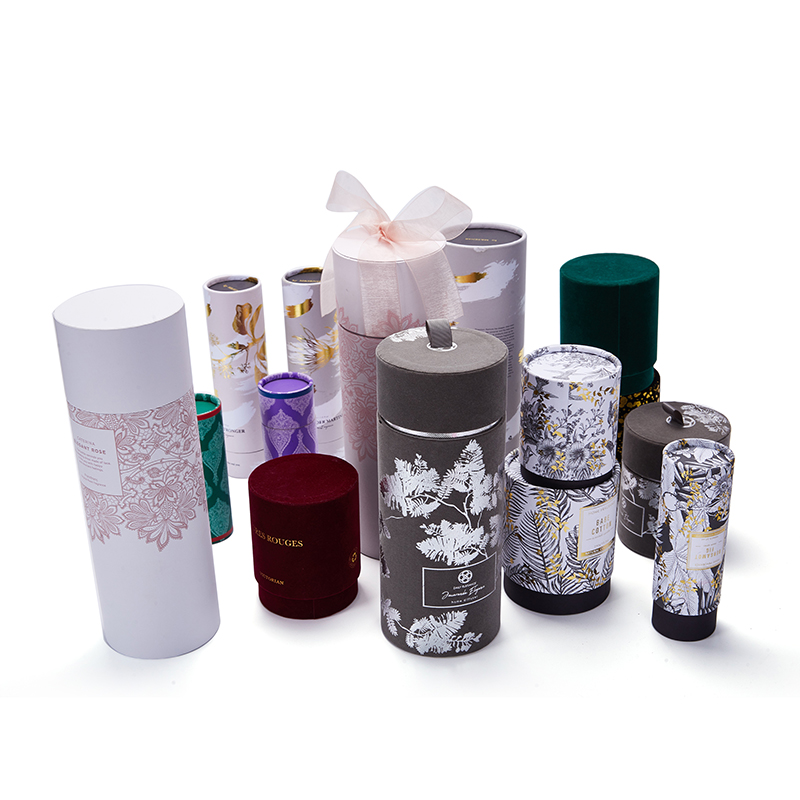Jun. 07, 2023
Product packaging plays an increasingly important role in today's commodity market. In addition to showing the appearance and quality of the product itself, it can also add a lot to product marketing. Therefore, the requirements for packaging box printing are also getting higher and higher. Different products have different packaging material requirements, so what are the common materials when printing packaging boxes? Next, this article will introduce it to you.

1. Corrugated paper
Corrugated paper is a common printing and packaging material at present. It adopts a three-layer, five-layer or even seven-layer laminated structure. In particular, the indentation lines can be in different shapes such as waves, rectangles, and triangles. The packaging box made of this material is stronger and more durable, and has good protection in terms of product transportation and storage. The printing effect is good and the color is full, which can show the color and texture of the brand. But because it is thicker, it may increase the weight of the packaging box, which will increase the postage cost.
2. Coated paper
Coated paper, as the name implies, is a kind of material printed with copper plates. It uses high-grade wood pulp or straw pulp as raw materials, and the high-grade paper formed after careful processing. Naturally, there is no need to worry about the printing quality. The surface of the paper has high smoothness, high degree of color reproduction, and excellent details, which can well display the characteristics of the product itself. In addition, the thickness of coated paper is very thin, so the volume of the packaging box can also be reduced accordingly, reducing transportation costs.
3. Kraft paper
The surface of kraft paper is relatively rough, and the fibers are relatively rough, which can reflect a natural, simple, and heavy feeling. Therefore, it is often used in the packaging boxes of some high-end products such as luxury goods, solid wood furniture, and watches. The texture of kraft paper is medium, and the rigidity and thickness of the packaging box are suitable. But at the same time, it is precisely because of its special texture and texture that it is necessary to pay attention to the tangential direction during printing and prevent the color cast of the printed pattern.
4. Matte paper
Matte paper, also called gray card or mat paper, has a special soft touch and atmospheric texture, and is widely used in the packaging of various products such as handbags, gift boxes, shoe boxes, and cosmetic packaging boxes. Matte paper does not reflect light, so it has a good viewing experience. In addition, the matte paper has good barrier properties, has a strong protective effect on natural light and infrared rays, and can protect products from ultraviolet radiation.
5. Plain paper
Although ordinary paper has certain limitations, its printing quality is getting higher and higher. The biggest advantage is that it has a favorable price and is suitable for large printing volumes. Plain paper is usually used to print some small-sized, small-quantity packaging boxes, which plays a very good role in the packaging of some small commodities. In addition, plain paper cards are also commonly used in the printing of various text materials such as product detail descriptions or instruction manuals. However, due to its thinness, there is no special protective force, which may cause inappropriate phenomena such as friction and slight scratches on the surface of the product.
It should be pointed out that with the improvement of people's awareness of environmental protection, the use of environmentally friendly materials is becoming more and more extensive. Common environmentally friendly packaging materials include environmentally friendly kraft paper, biodegradable materials, and recyclable materials. Wider application and promotion.
To sum up, the application scenarios of each material are different, and the choice of packaging box material should also be determined according to the different characteristics of the product, specific packaging design requirements and customer needs. Although the packaging material is the "coat" of the product, different materials can play different roles in the protection, marketing, communication and other aspects of the product. Packaging materials are worth the money, and packaging materials with good effects can better reflect the reputation of the company and product quality, thereby improving the quality and added value of the product.